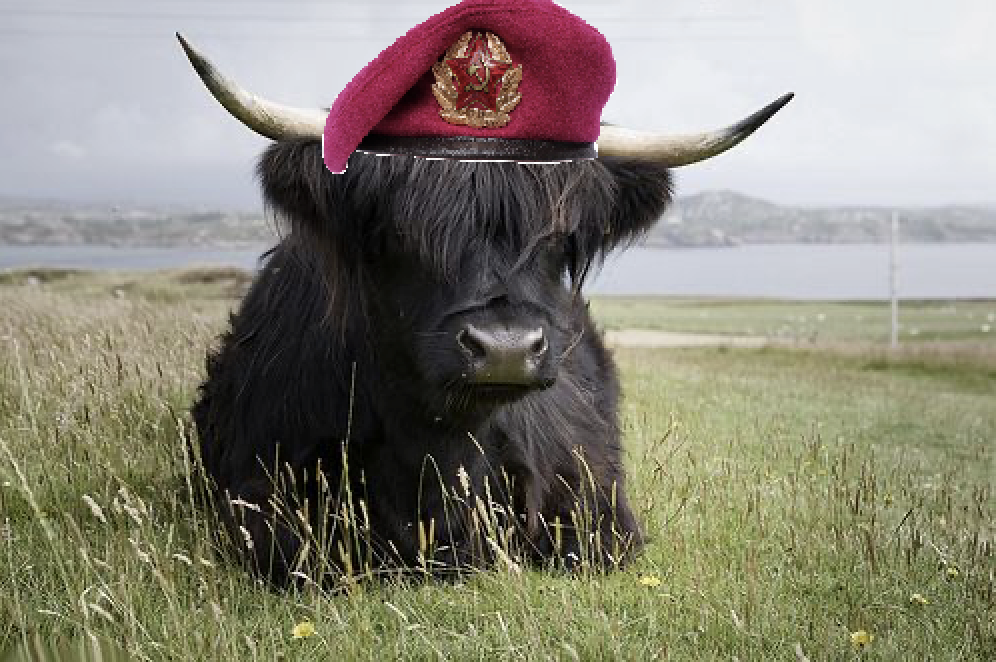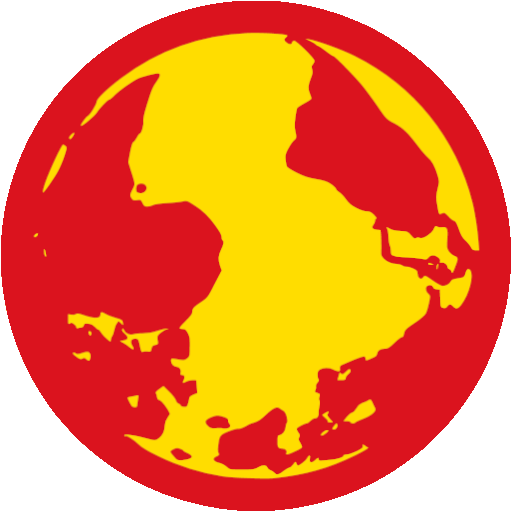The war between the March 23 Movement (M23) and the Congolese army has been going on for more than a decade in the east of the Democratic Republic of Congo. Behind the M23 is Rwanda and behind Rwanda are the imperialists.
Born in 2012 from a mutiny of former officers who were part of the Congolese army, the March 23 Movement takes its name from the peace agreements signed on March 23, 2009. After an initial occupation of Goma in 2012, the movement temporarily disbanded following a military intervention.
Its resurgence in 2021 has reignited tensions with Kinshasa, which periodically accuses Rwanda of supporting the war. The M23’s recent entry into Goma marks a new escalation of the war and rekindled fears of regional destabilization.
Congolese frustration over the security situation erupted in Kinshasa, where protesters have stormed and set fire to the Western diplomatic missions of the United States, France, Belgium and the Netherlands, France and the United States.
An angry mob attacked the buildings with stones and chunks of concrete. The demonstrators denounce the complicity of Western powers with the M23. The Ugandan embassy has been particularly hard hit by the assaults. Its premises were ransacked by demonstrators who accuse Kampala of sympathizing with certain armed groups in eastern Congo.
The UN mission in the Democratic Republic of Congo has not been spared popular protests. Protesters attacked its facilities in Kinshasa, expressing their discontent over its alleged failure to protect civilians against M23 attacks. The popular outrage reflects the growing distrust of the Congolese population towards the UN presence, perceived as collaborating with armed groups.
The Congolese police reacted quickly against the demonstrators. They were dispersed using anti-riot equipment, while the government announced that it would reinforce security around diplomatic missions.

